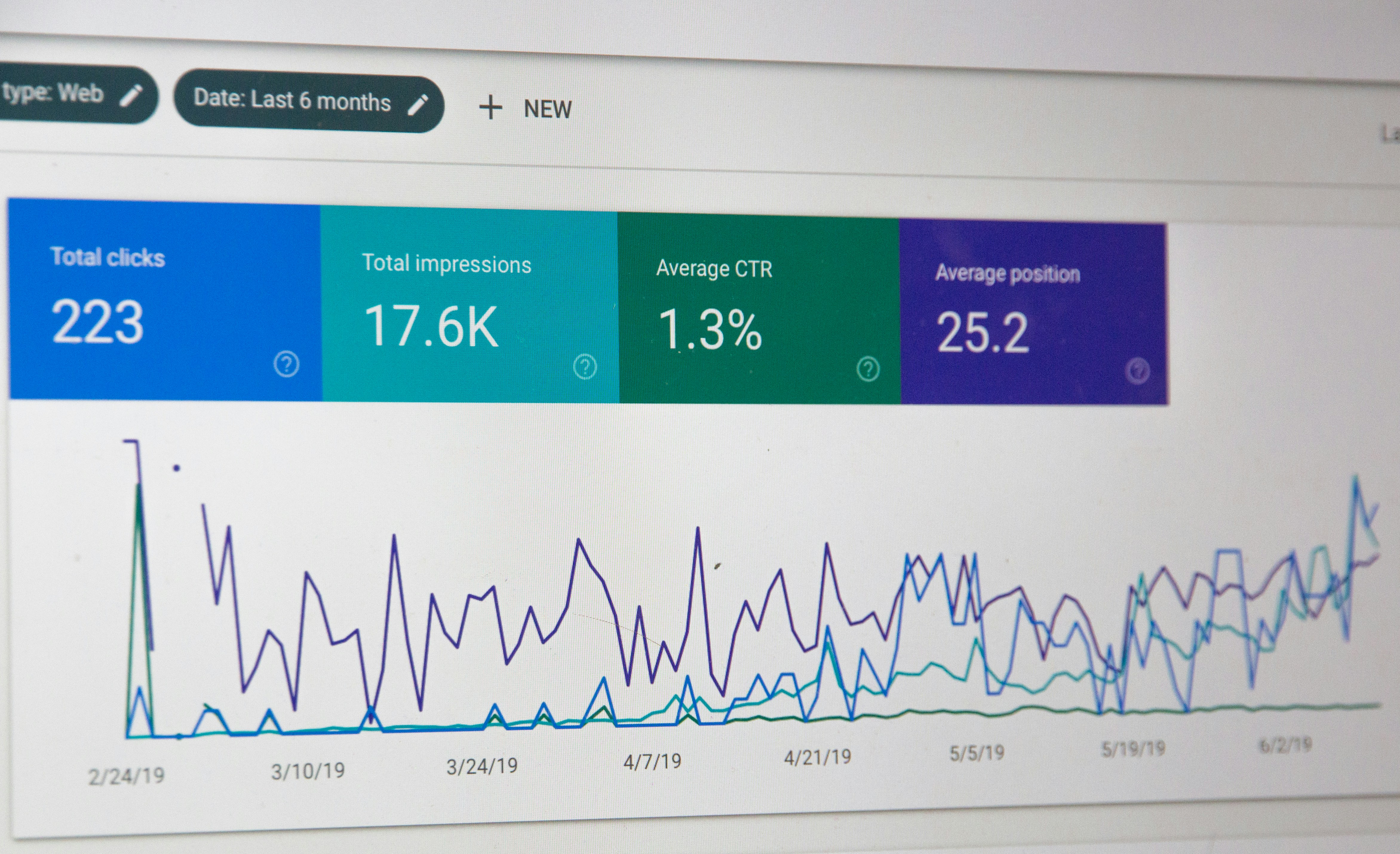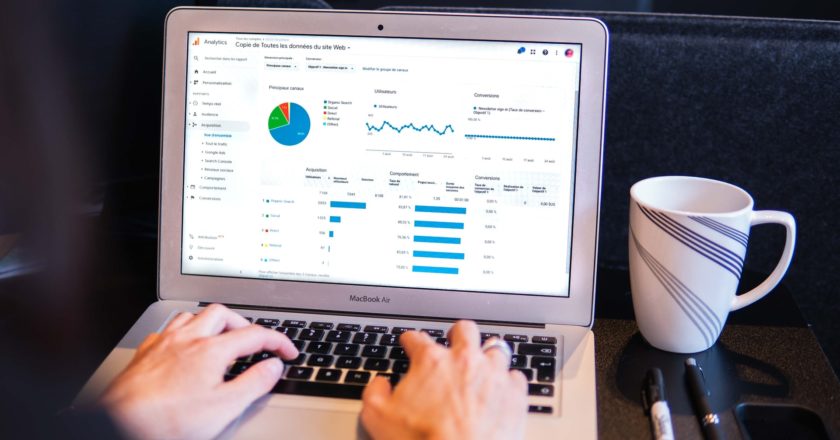If you truly want to become a more customer-centric business, then you’re going to need to become a more data-centric business. Customer data offers you hundreds of ways to personalize the way you engage with and sell to your customers. This ultimately means that if you’re not leveraging customer data, the chances are high that other competitors are doing a better job at catering to your customers. That being said, with so many different options to weigh when you’re looking to use data to improve your customer experiences, it can be difficult to pick out the right solution for your business and its customers.
While it might be tough to narrow things down in terms of software and tools, there are some data concepts that will likely serve you well regardless of the industry you’re in. Predictive analytics is one area of business intelligence where it’s hard to go wrong since the ability to more accurately forecast future events and performance can be harnessed in a wide number of areas. Read on to learn more about the ways that predictive analytics can help your company thrive and some of the other cloud-based tools powering customer-centric enterprises in the 21st century.
What is predictive analytics and how can it improve my customer experience?

Put in its simplest terms, predictive analytics tools use big data and machine learning tools to create highly-evolved, sophisticated predictions based on past events and historical data. From forecasting sales trends to helping you determine what factors may affect your supply chain, predictive analytics has a wide range of uses in a variety of verticals. When it comes to customer experience, predictive analytics can be used in a few powerful ways that allow you to better anticipate your customers’ needs, and thus serve them better.
For example, you may already know that segmentation is a great way to improve your marketing campaigns, especially on social media. That being said, there are hundreds of permutations of behavioral data and purchase history to leverage when running any kind of segmented advertising campaign, meaning that it’s virtually impossible to manually get to the granular level you may be interested in pursuing in your digital advertising. Predictive analytics and machine learning tools allow you to go above and beyond in this area, offering micro-segmentation tools to increase retention and make more personalized sales pitches.
What other tools are useful when it comes to improving customers’ experiences?

Leveraging big data has all sorts of uses in other customer-facing areas as well. Perhaps no area is as positively impacted by predictive analytics and big data as your customer service department is. Thanks to the cloud-based call center as a service software, it’s possible to integrate your call center software solution with your existing CRM databases to create much more personalized support solutions and even use chatbots. These sorts of services even allow you to use advanced algorithms and predictive dialers to automatically route customer queries to the live agent most likely to best serve that customer and their issue.
Particularly when it comes to offering excellent customer service, this kind of communication routing means that your customers spend less time getting an answer to their question and your live customer support agents feel like they’re being utilized in a more productive manner.
The overall result is a win-win situation for your employees as well as your customers since it means that everyone is more satisfied. Predictive analytics can also integrate with your customer service software solution in powerful ways to help you better understand when peak call times are so that you can appropriately staff these timeframes. All in all, big data has a lot of exciting ways to impact your business and improve the way you engage with customers.
